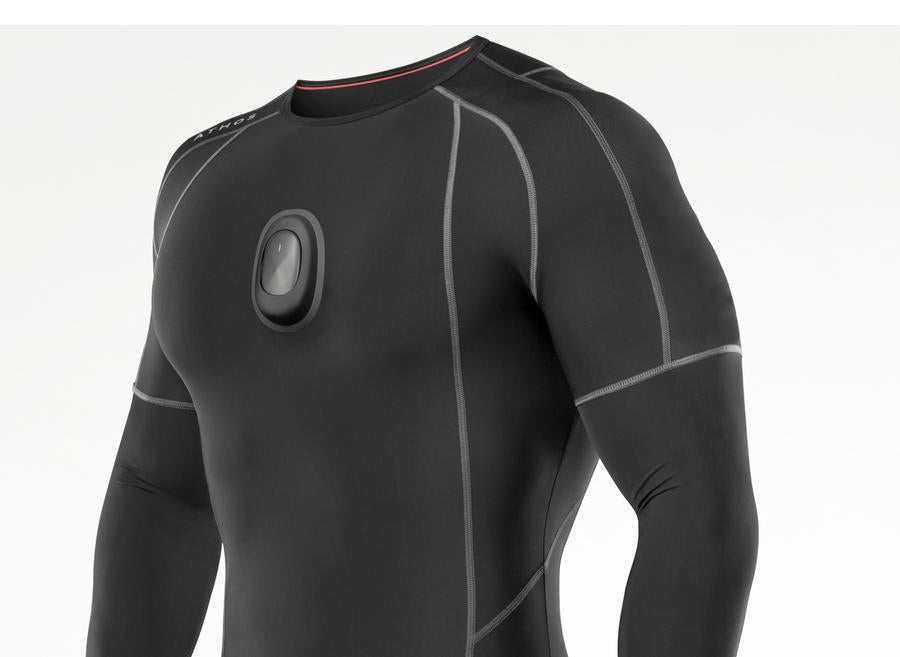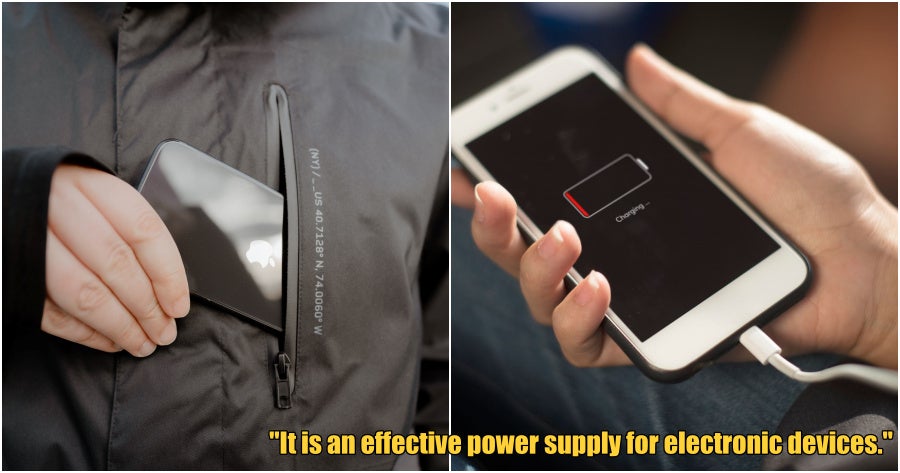No more need for panic for forgetting to charge your phone before you sleep
In recent years, smart clothes have attracted massive interest worldwide with products such as smart socks, swimsuits and yoga pants.
However, most wearables are powered by conventional lithium-ion batteries which are not usually foldable or waterproof.

A recent study from China’s Fudan University is bringing researchers closer to developing a commercially viable textile battery that could open up new possibilities for wearable devices.
The group of researchers have developed a fibre that could store enough electricity to charge gadgets and other wearable devices.
The researchers who are based in Shanghai, China had their study published in Nature on 1 September and said that they have managed to mass-produce fibre batteries that hold 85.69 watt-hours of electricity per kilogram.
To put this into context, an iPhone 12 Pro Max which weighs 228 grams, has a battery of about 14 watt-hours’ power capacity.

The researchers made fibre-shaped lithium-ion batteries by winding an aluminium wire coated with lithium cobalt oxides – the positive electrode – together with a graphite-coated copper wire for the negative electrode. Special wrappings were also applied between the two to prevent short-circuiting.
They discovered that as the fibre’s length increases, its internal resistance decreases, before levelling off. Following the discovery, they designed an industrial process to produce fibre batteries that were meters long and could be woven into textiles.
The material retained 90.5 per cent of its capacity after 500 rounds of charge-discharge, according to the study. What’s more interesting is that the battery-textile worked well even as it was being folded, washed with water and punched through by a knife.

In an interview with the Chinese news portal Thepaper.cn, Peng Huisheng who leads the research team said that the fibre’s energy density, which measures the amount of energy a battery contains in proportion to its weight, still lags behind conventional batteries.
“But with sufficient funding and technical support, these types of materials could possibly enter commercial use in two to five years.”
He also explained that based on the weight of the full battery including packaging materials, its energy density exceeds 85 watt-hours of electricity per kilogram, and a battery with a length of 1 meter can provide a continuous and effective power supply for wearable electronic devices such as smartphones, bracelets, heart rate monitors, blood oximeters and many more.
“Many functions of the wearable fibre lithium-ion battery have been realised, but there is still a long way to go for the real promotion and popularization,” he added.
What do you think of this? Let us know in the comments.
Also read: These M’sian Students Invented An Award-Winning Device That Makes Ocean Water Drinkable!






































